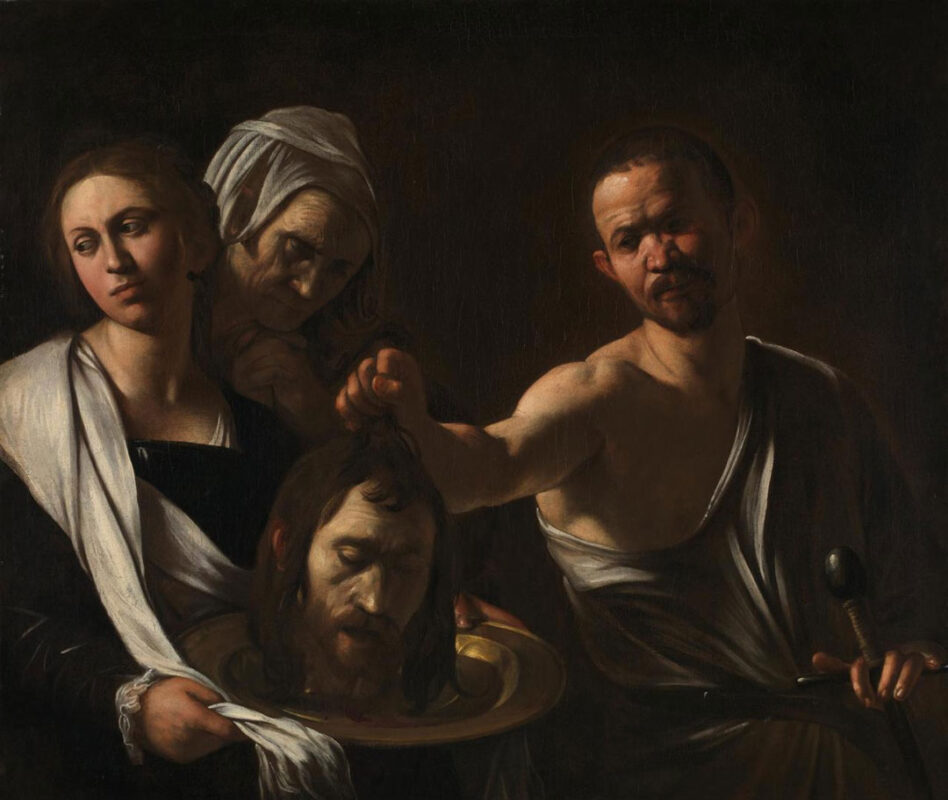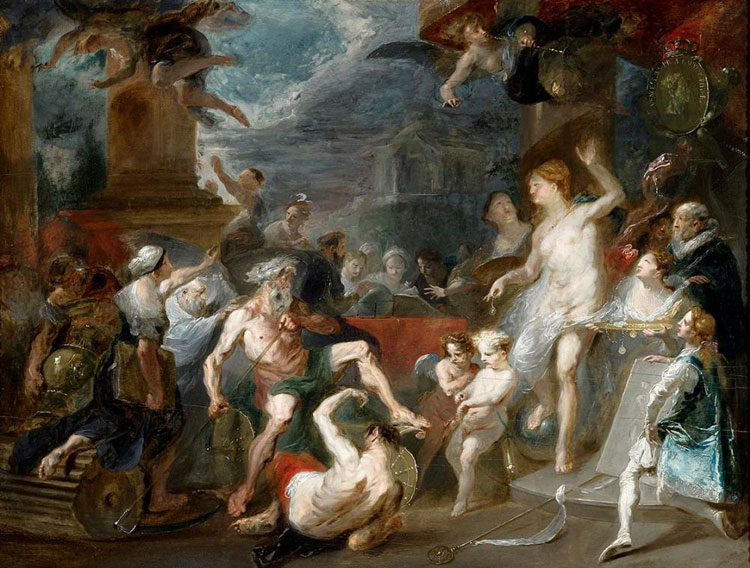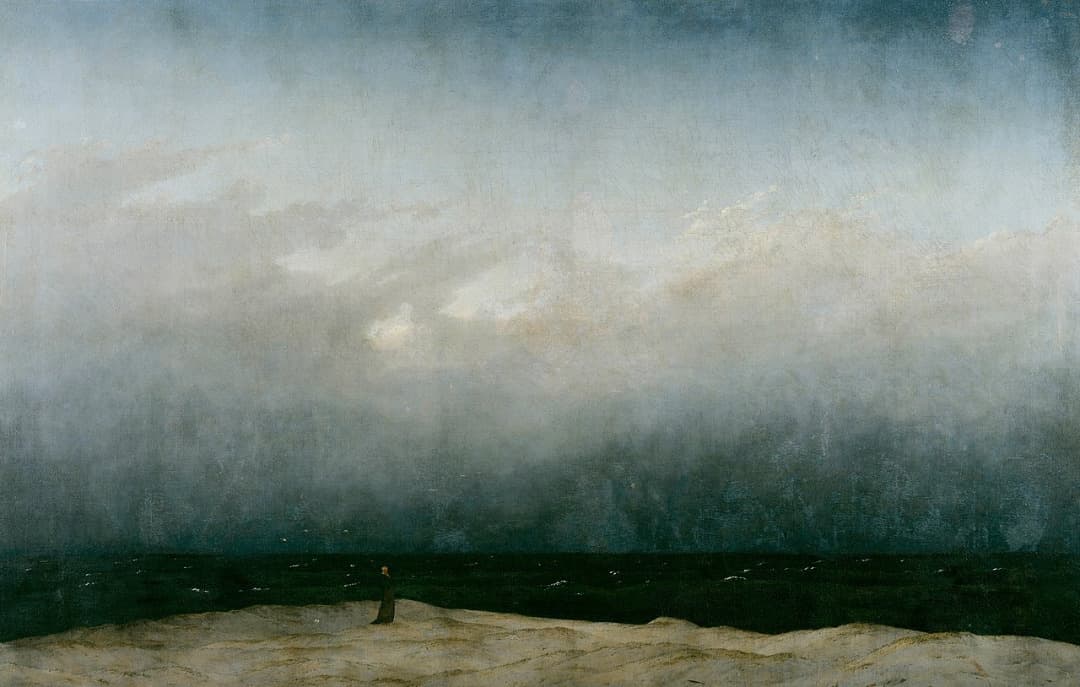The Last Caravaggio shines in London

From 18 April to 21 July 2024, the National Gallery in London presents “The Last Caravaggio”, an exhibition displaying Caravaggio’s last painting, not seen in the UK for nearly 20 years.
Source: National Gallery · Image: Caravaggio, ‘Salome receives the Head of John the Baptist’, about 1609-10
This exhibition presents an opportunity to explore Caravaggio’s late paintings, the representation of violence in his work, and to reflect on violence in our own times. The programming and activity around this project will shed light on the figure of Saint Ursula, allowing visitors to explore her story. The narratives of male violence in Caravaggio’s paintings will also be examined.
‘The Martyrdom of Saint Ursula’, which was only reattributed to Caravaggio in 1980 following the discovery of an archival letter describing its commission, presents a rare opportunity to explore the final period of Caravaggio’s life. This letter (Archivio di Stato, Naples) – displayed in the exhibition and shown in the UK for the first time – which was sent from Naples (where the picture was painted) to Genoa (where its patron, Marcantonio Doria, lived), records the final stages of the painting’s commission. ‘The Martyrdom of Saint Ursula’, which includes a self portrait of Caravaggio peering over the saint’s shoulder, was painted during the last months of the artist’s life. Despatched from Naples on 27 May, the finished painting arrived in Genoa on 18 June 1610. Just weeks later, in July 1610, Caravaggio himself set out from Naples, hoping to return to Rome where he believed he would be pardoned for the murder, committed in 1606, which had caused him to flee to the south. He died in Porto Ercole on 18 July 1610, never reaching his destination.
The National Gallery painting, ‘Salome receives the Head of John the Baptist’, was also painted towards the end of Caravaggio’s life. The story of the death of John the Baptist is told in the Gospel of Mark (6: 16–29). John had criticised King Herod for marrying his deceased brother’s wife, Herodias, and she sought revenge. At Herod’s birthday feast, Herodias’s daughter Salome so delighted the King by her dancing that he promised her anything she wanted. Encouraged by her mother, she asked for the Baptist’s head, and the King had John executed.
Follow us on:


